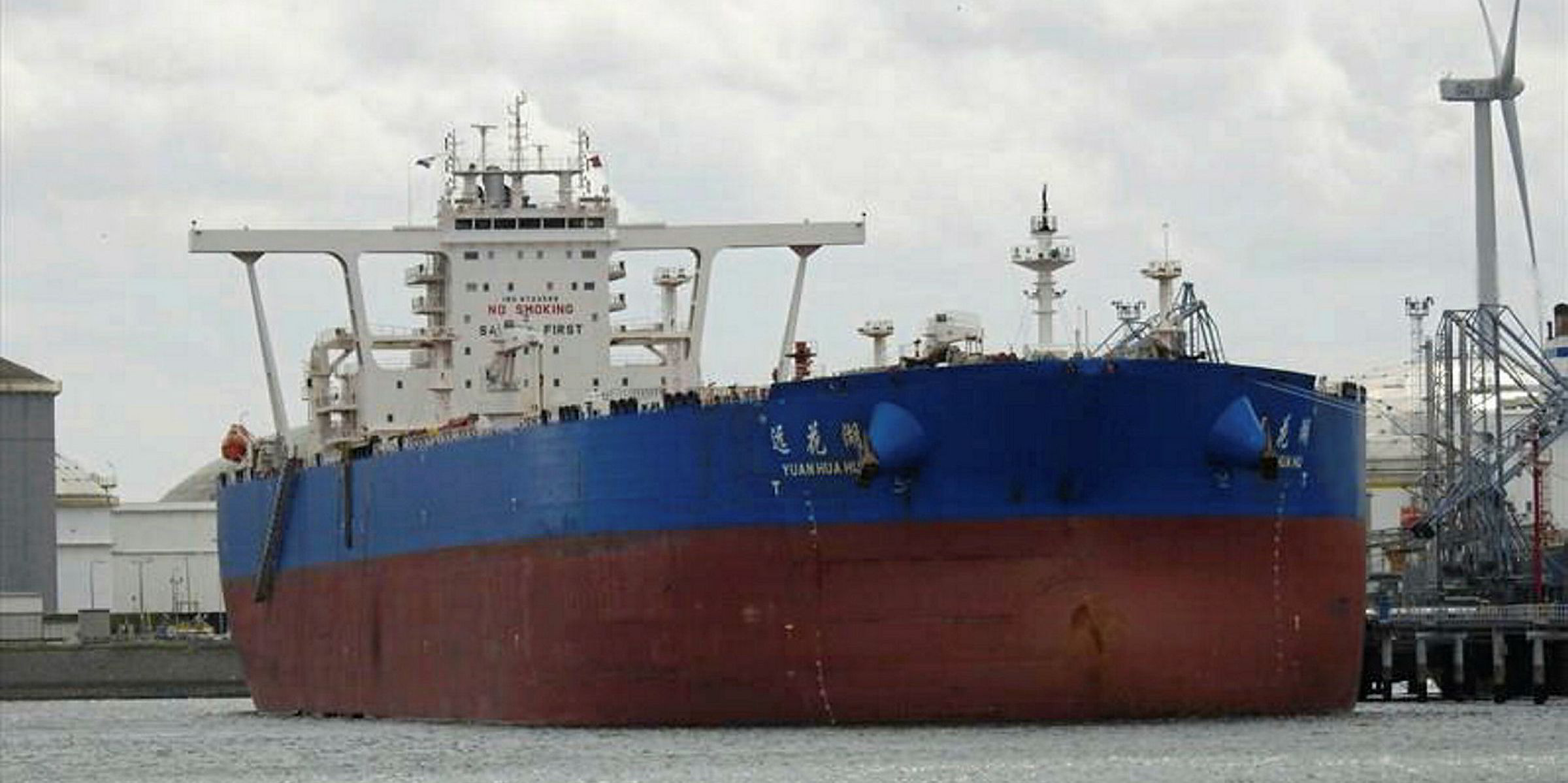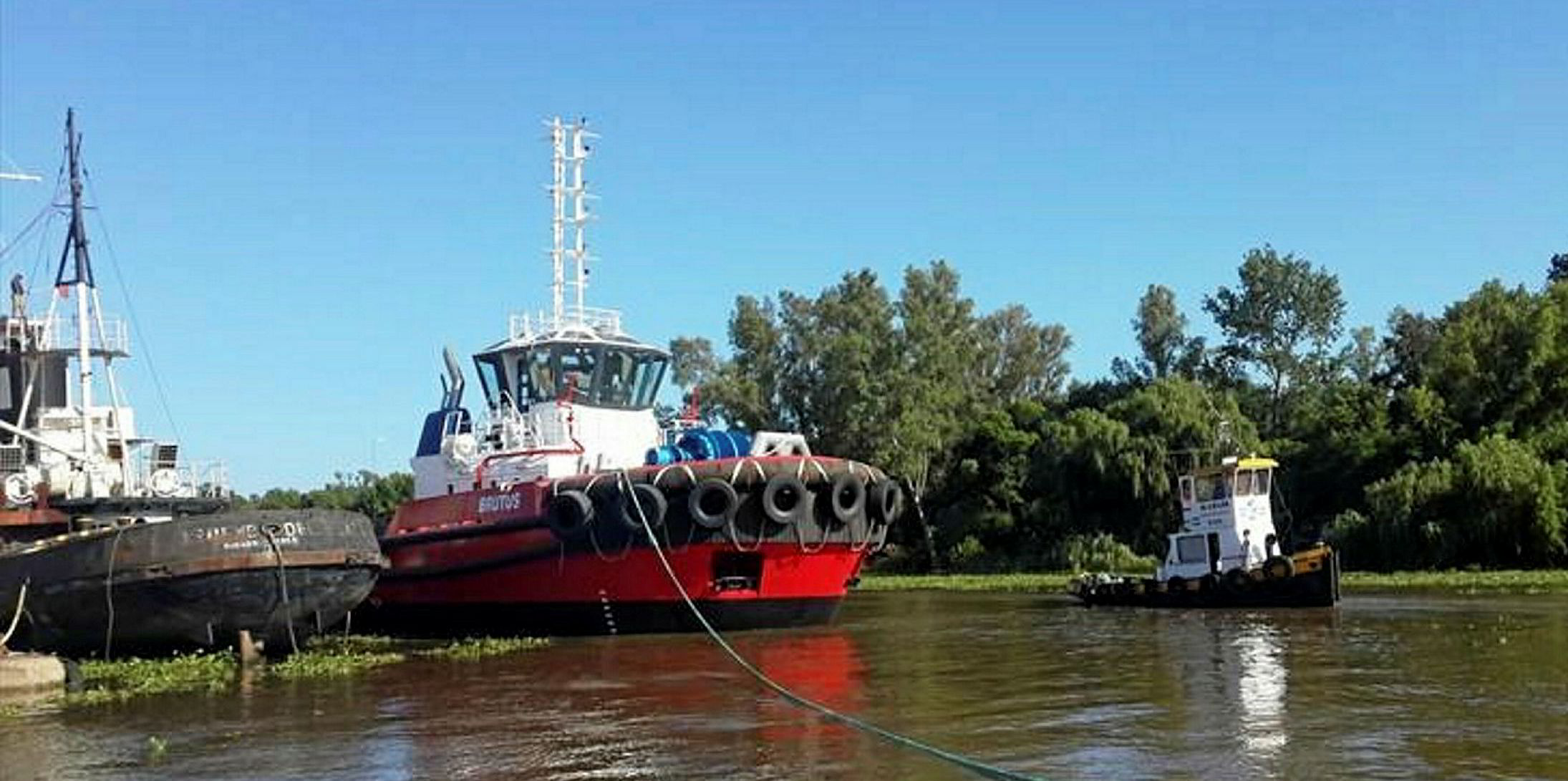A Cosco Shipping Energy Transportion VLCC that came dangerously close to drifting ashore on a treacherous stretch of South African coastline is being towed to Durban.
Swire Pacific Offshore’s powerful 17,900-bhp tug Pacific Dolphin (built 2013) attached a towline to the 308,600-dwt Yuan Hua Hu (built 2015) on Saturday morning, the South African Maritime Safety Authority (SAMSA) has confirmed.
The African Marine Solutions (AMSOL)-operated, 7,392-bhp anchor handling tug Smit Siyanda (built 2010), which stood by the casualty until the Pacific Dolphin arrived, is escorting both vessels to Durban.
The Pacific Dolphin began towing the stricken VLCC away from the coast, before setting course for Durban at a speed of around four knots.
“It is planned for the tow to proceed to between 10 and 20 nautical miles offshore,” SAMSA said in a statement released late of Saturday.
“The tanker owner and insurers are finalising all the requirements to enable Transnet National Ports Authority (TNPA) to berth the tanker on arrival. The weather is not expected to influence the tow while en route to Durban and the estimated time of arrival for the tanker should be on Wednesday 3 June 2020.”
The Yuan Hua Hu encountered engine problems when sailing north-east of Port Elizabeth on Monday 25 May. The ship was sailing in ballast from Singapore to Angola.
The vessel appears to then have drifted to a position off the small resort village of Port St Johns in the morning of 27 May. It anchored in waters 35 metres deep about one nautical mile offshore.
Its arrival prompted a red alert as the coastline off which it anchored — dubbed the Wild Coast — is regarded as one of the most dangerous in the world.
With a narrow, rocky coastal shelf, it offers poor anchorage conditions while at the same time can be subjected to high winds and waves that can easily overwhelm a vessel and pound it against the shore.
Few vessels that have grounded there have survived.
SAMSA said the Pacific Dolphin is an AMSOL substitute vessel for the 19,200-bhp salvage tug SA Amandla (built 1976), which is on contract to Department of Transport as an emergency towing vessel.
It said the SA Amandla was deployed in the Atlantic, towing an abandoned fishing trawler to Cape Town.
South Africa has kept a salvage tug on standby off its coast since the Getty Oil-owned tanker Wafra ran aground in 1971, spilling a cargo of 472,000 barrel of crude oil.
Unprecedented increase in maritime casualties
SAMSA said South Africa has experienced an unprecedented increase in maritime casualties since March, more so than any other previous year during the same period.
“The Maritime Rescue Co-ordination Centre conducted 59 Medical Evacuations, which is a 150% increase over the same period last year. At the same time, SAMSA responded to two near groundings, one abandoned vessel, one containership fire, one fishing vessel grounding and the attempted murder of two stowaways, SAMSA said.
“This, once again, shows the urgent need for South Africa to have a modern multi-resourced Maritime Rescue Response and Monitoring capability to enable it to respond to any type of emergency and pollution incident along the South African coast.
"The Yuan Hua Hu required one tug from Durban and one tug from Cape Town to respond to the casualty in order to prevent it from running aground.”
Cosco also experienced more than its fair share of casualties last week.
Its 81,500-dwt bulker Cofco 1 (built 2014) ran aground twice in the Parana River in Argentina, requiring tugs to come to its rescue.
Off South Africa, its 4,253-teu containership Cosco Sao Paulo (built 2013) had to be escorted to Cape Town by a sistership after suffering a container cargo fire.







